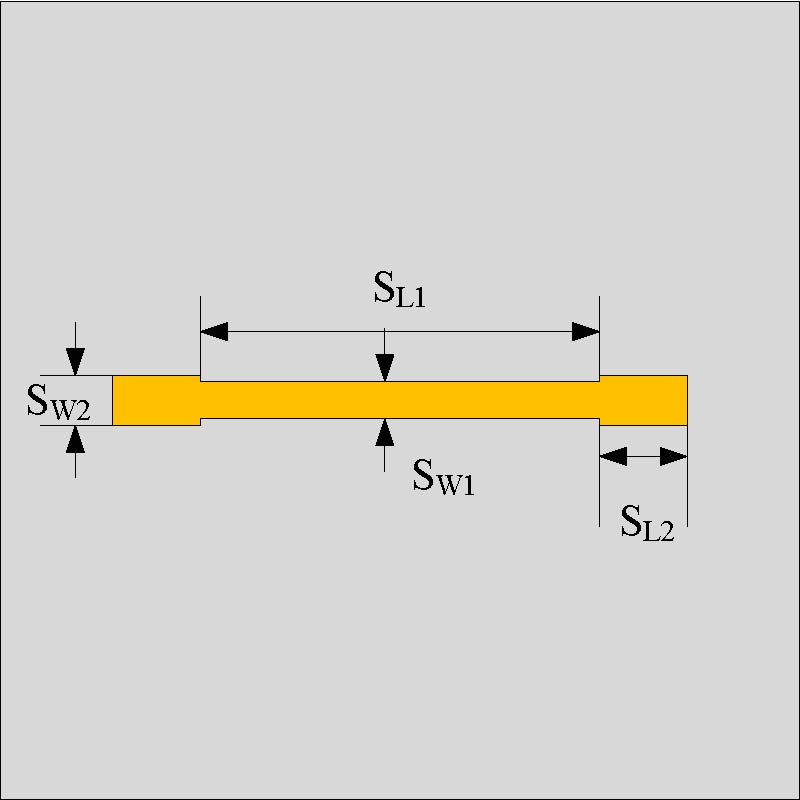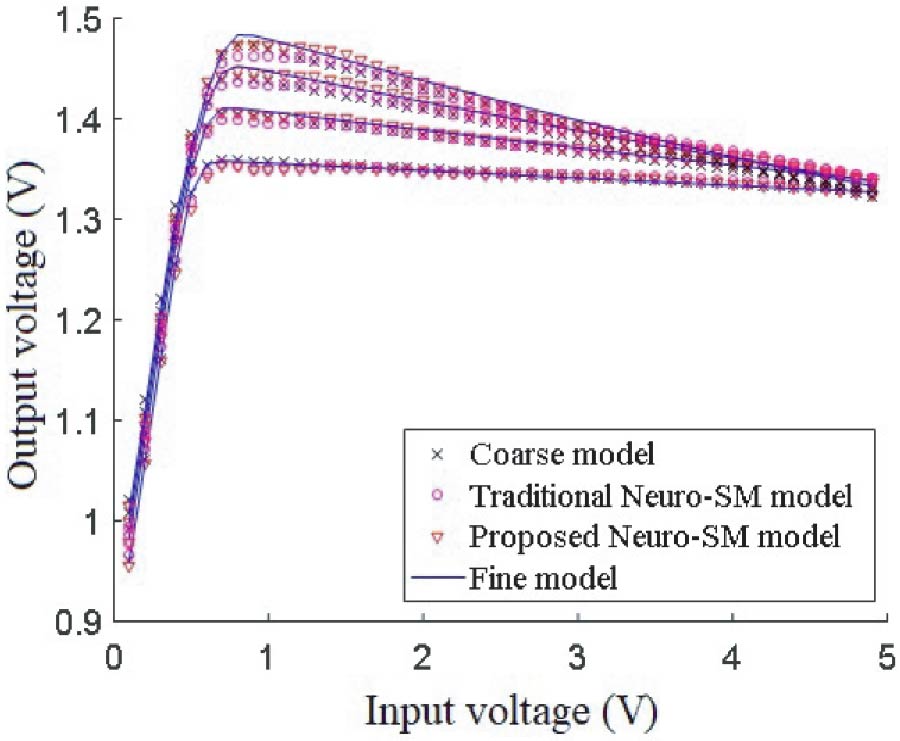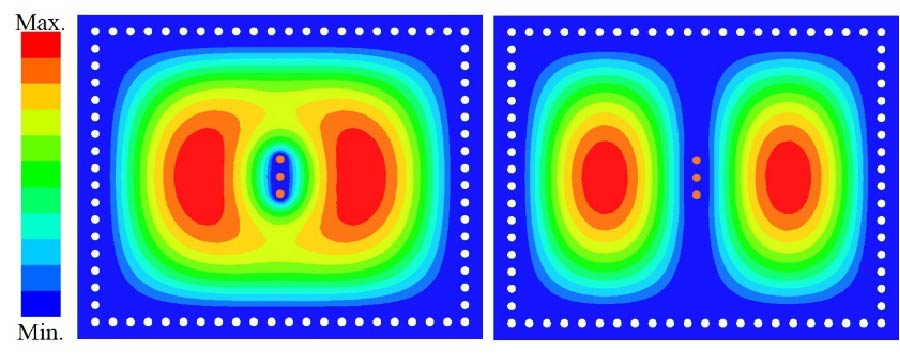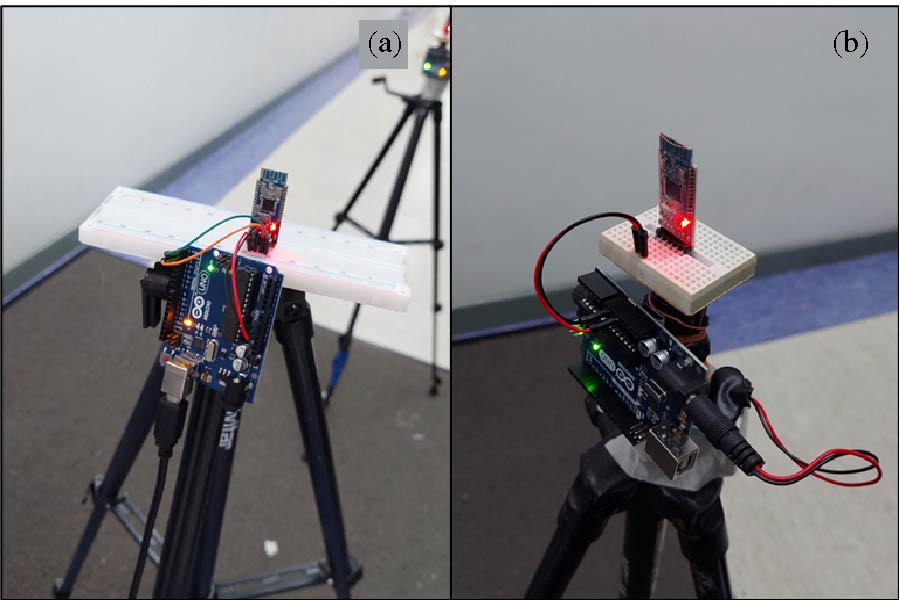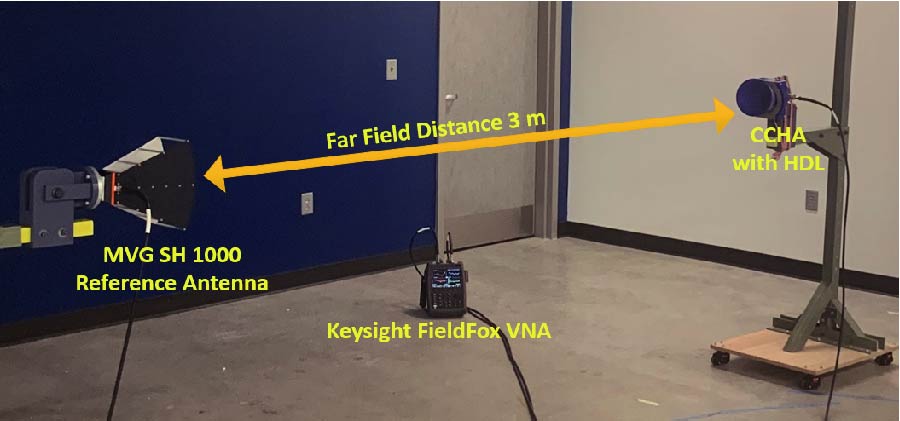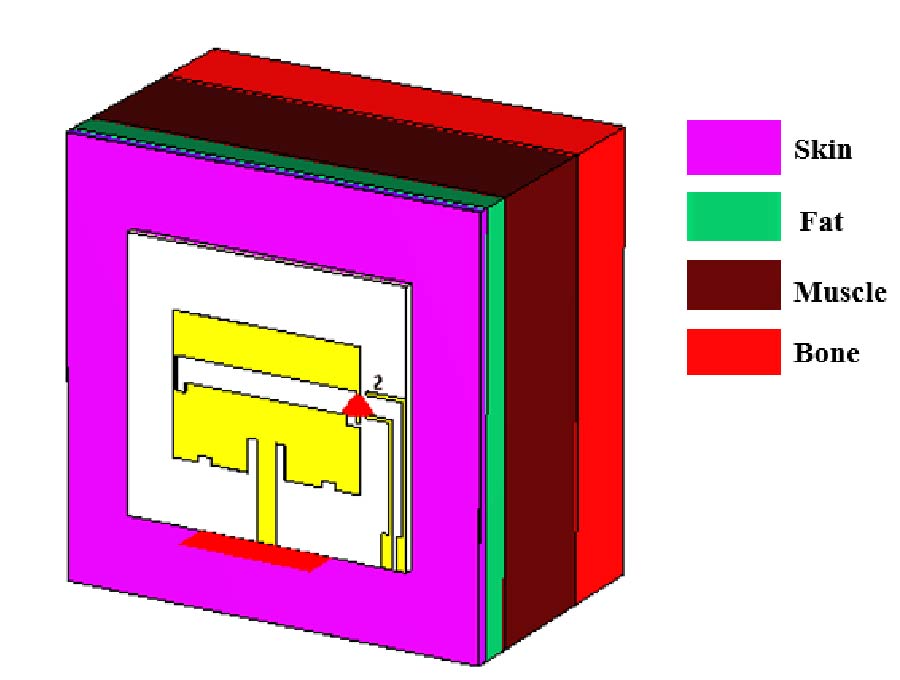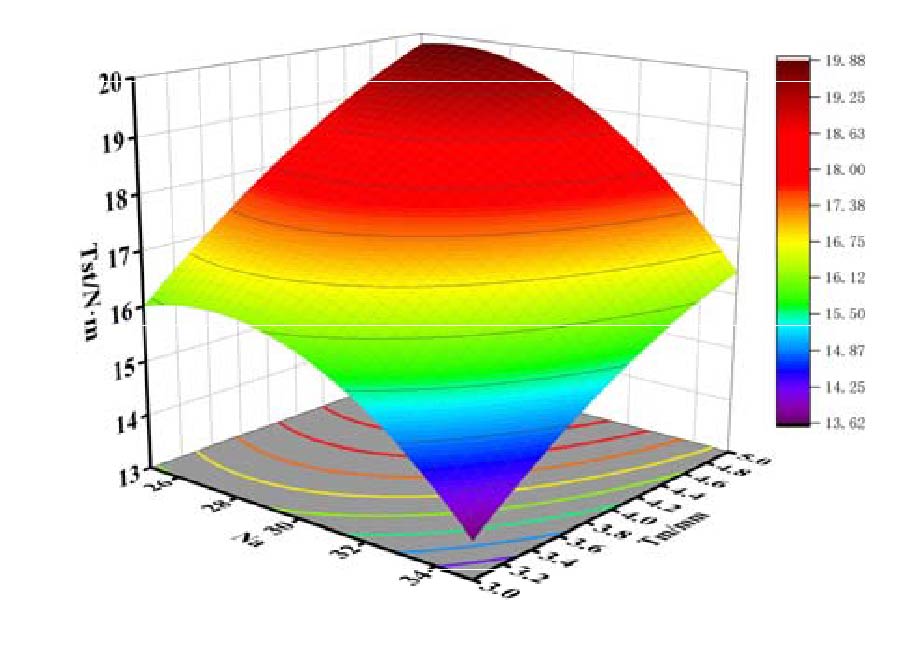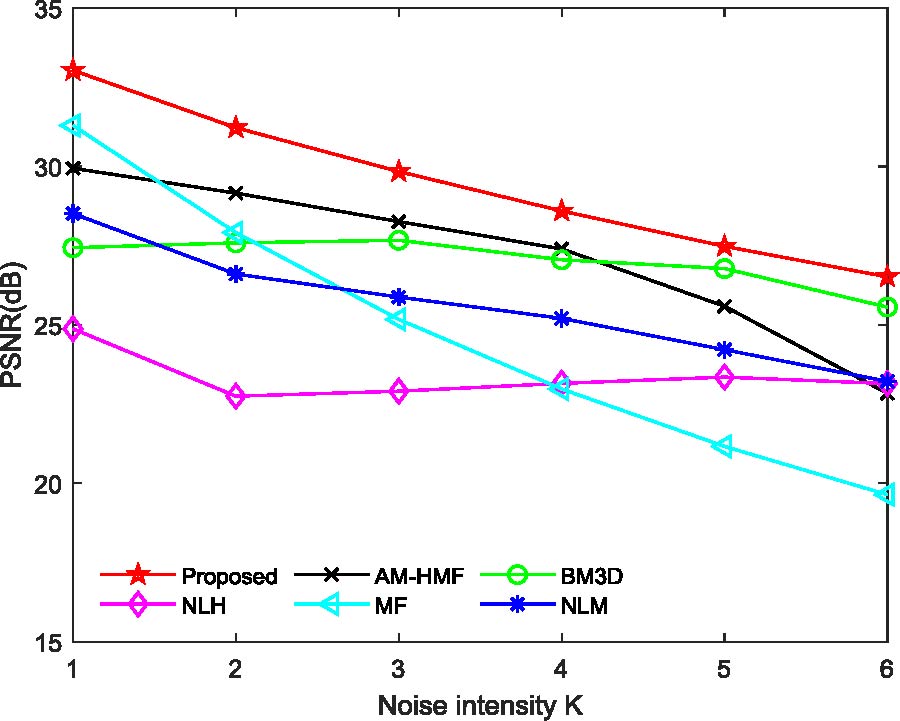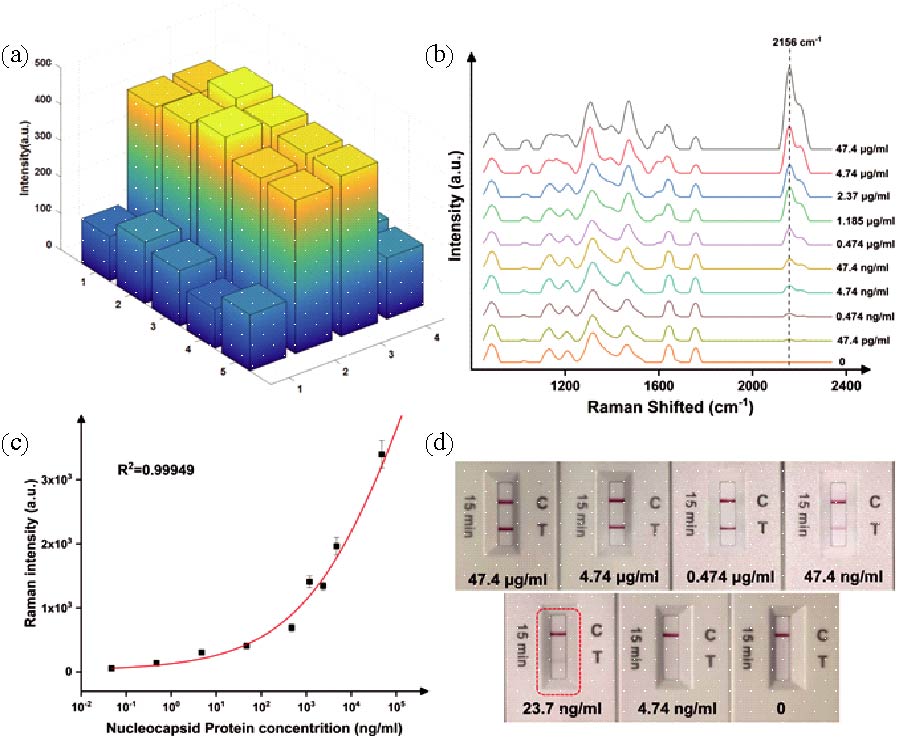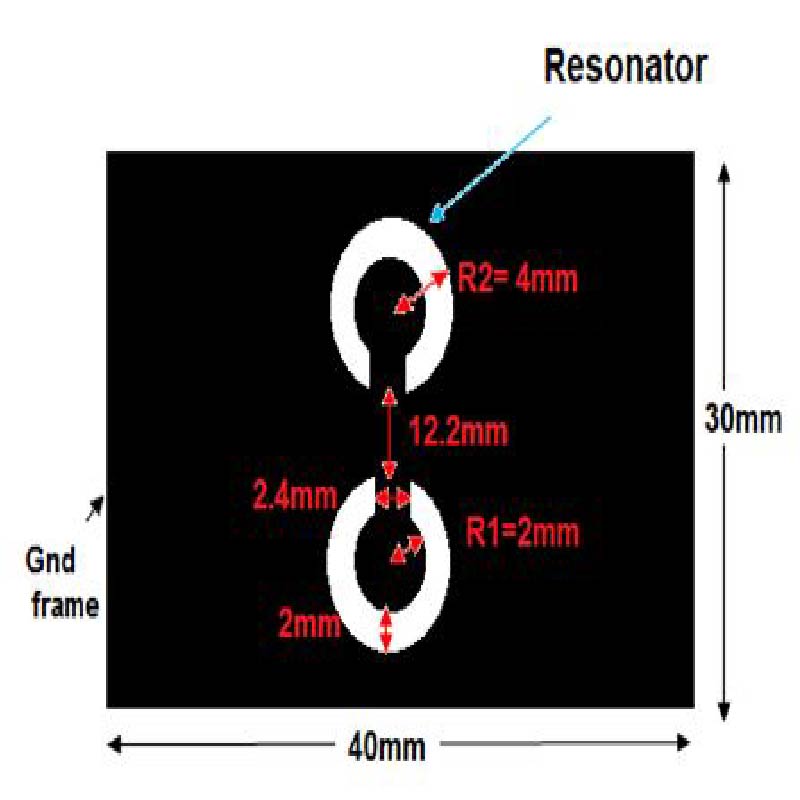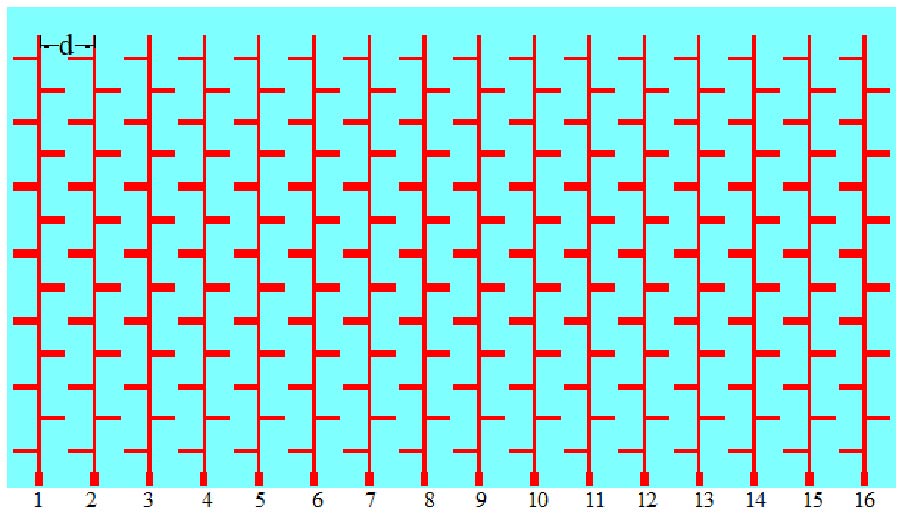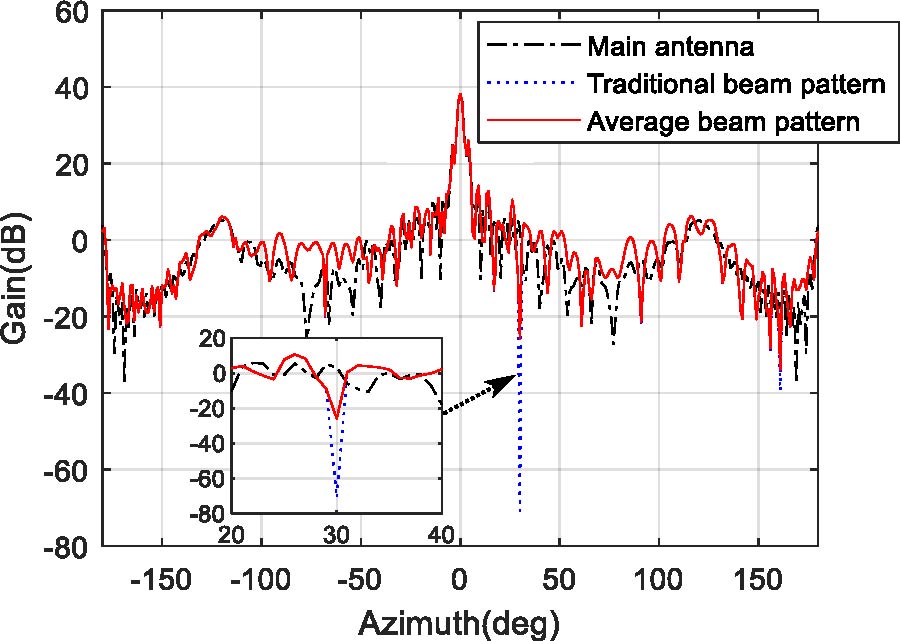Wearable Dual-Band Frequency Reconfigurable Patch Antenna for WBAN Applications
Umar Musa
,
Shaharil Mohd Shah
,
Huda Bin Abdul Majid
,
Mohamad Kamal Abd Rahim
,
Muhammad Sani Yahya
,
Zainab Yunusa
,
Abubakar Salisu
and
Zuhairiah Zainal Abidin
A wearable dual-band patch antenna is presented, which can adjust its frequency for WBAN applications. Frequency reconfiguration is achieved by the antenna through the utilization of the switching properties of a PIN diode. Produced using a Rogers Duroid material with semi-flexible properties, the antenna has a size of 0.33λ0 × 0.35λ0 × 0.012λ0. Initially resonating at 5.8 GHz, a slot in the shape of an inverted letter U is included to introduce a dual-band operation at 2.4 GHz. By controlling the PIN diode's ON and OFF states, the antenna can switch between single-band (ISM 5.8 GHz) and dual-band (ISM 2.4 GHz and 5.8 GHz) operations. The antenna exhibits a bi-directional radiation pattern at 2.4 GHz and a directional pattern at 5.8 GHz. In the ON state, the antenna achieves a peak gain and total efficiency of 4.84 dBi, 5.87 dBi, 92.5%, and 92.7% at 2.4 GHz and 5.8 GHz, respectively. In the OFF state at 5.8 GHz, a peak gain and total efficiency of 6.01 dBi and 91.8% are measured. To evaluate its suitability for WBAN applications, the antenna's performance is assessed by measuring SAR values on a human tissue model. At 2.4 GHz, the SAR values for 1/10 g of human tissue are 0.411/0.177 W/kg respectively. Similarly, at 5.8 GHz, the SAR values are 0.438/0.158 W/kg respectively. The SAR values comply with the established standards of the FCC and ICNIRP for both resonance frequencies for human tissue weighing 1/10 g. Overall, the antenna boasts a compact size, acceptable SAR values, and satisfactory gain and efficiency across all operating bands, surpassing previous works. It also benefits from a simplified design employing a single switch, and the antenna remains a suitable choice for WBAN applications considering its other advantageous characteristics mentioned above.
